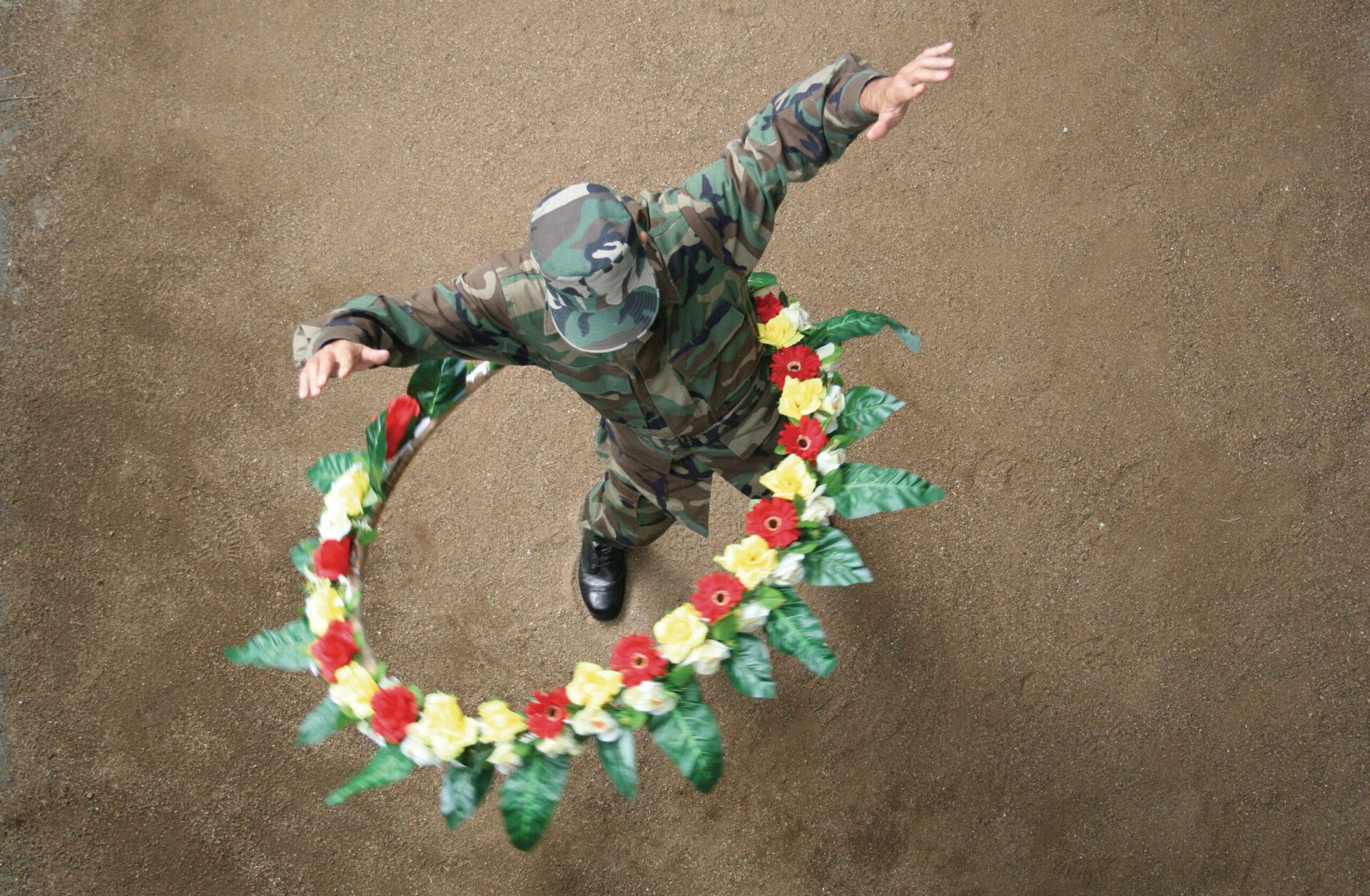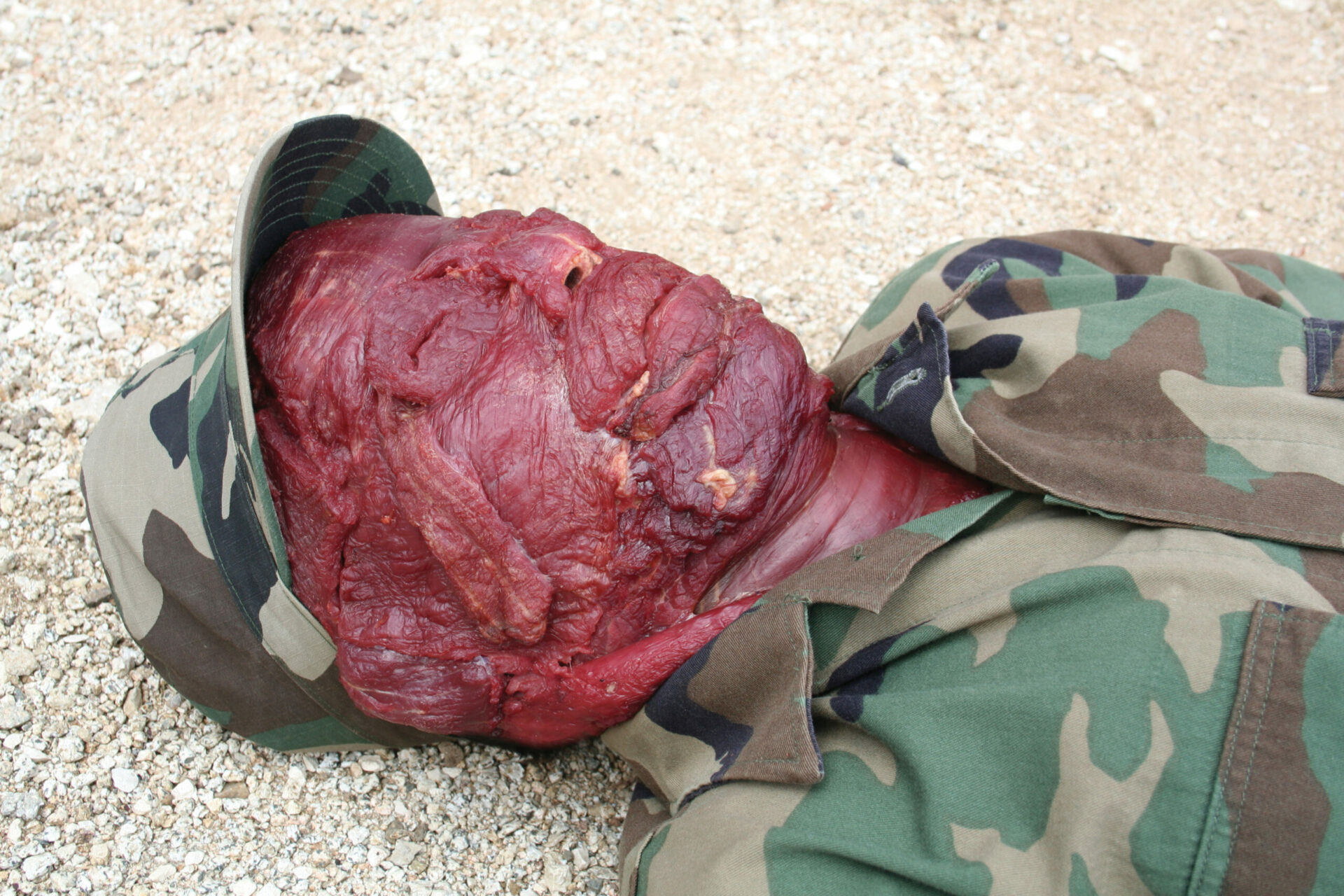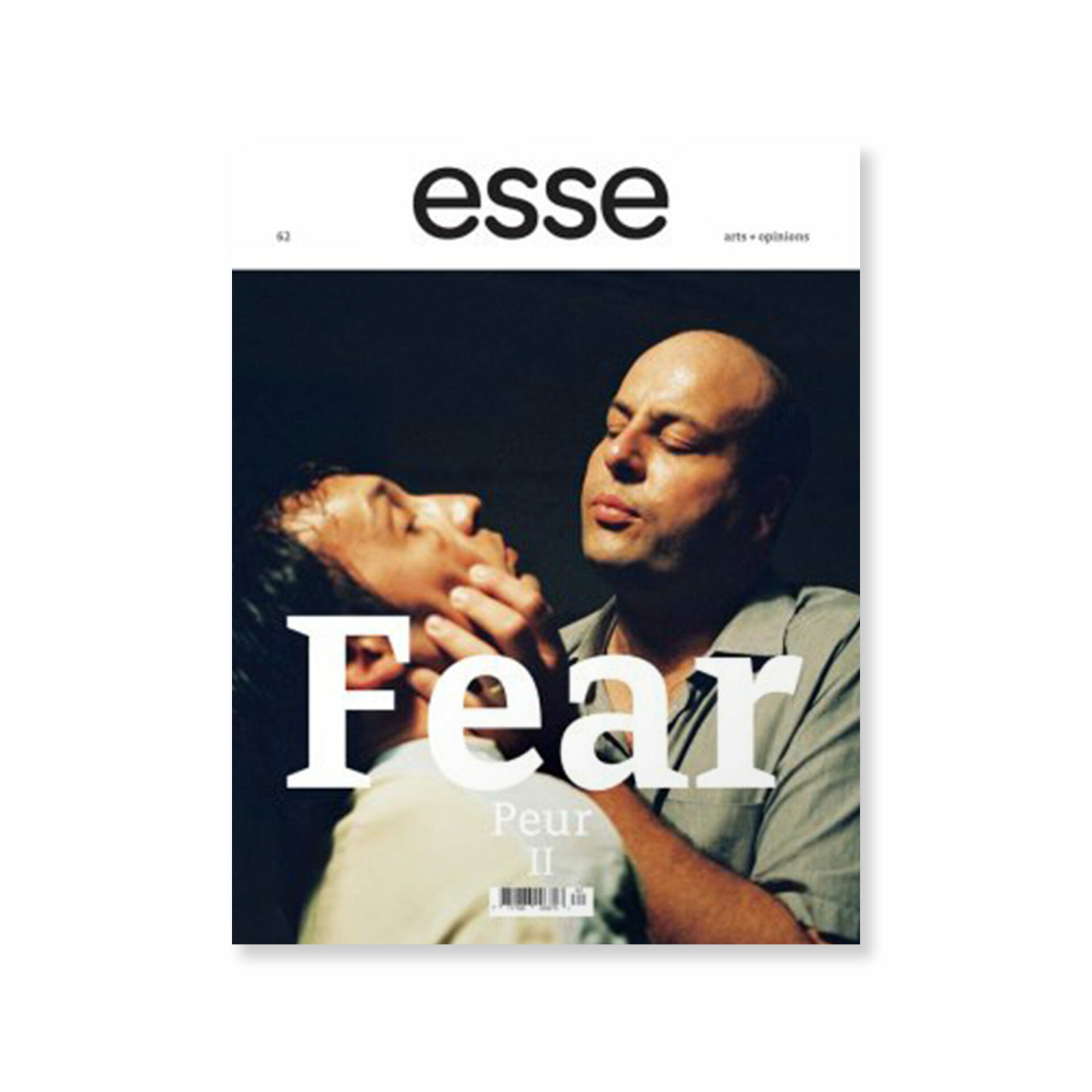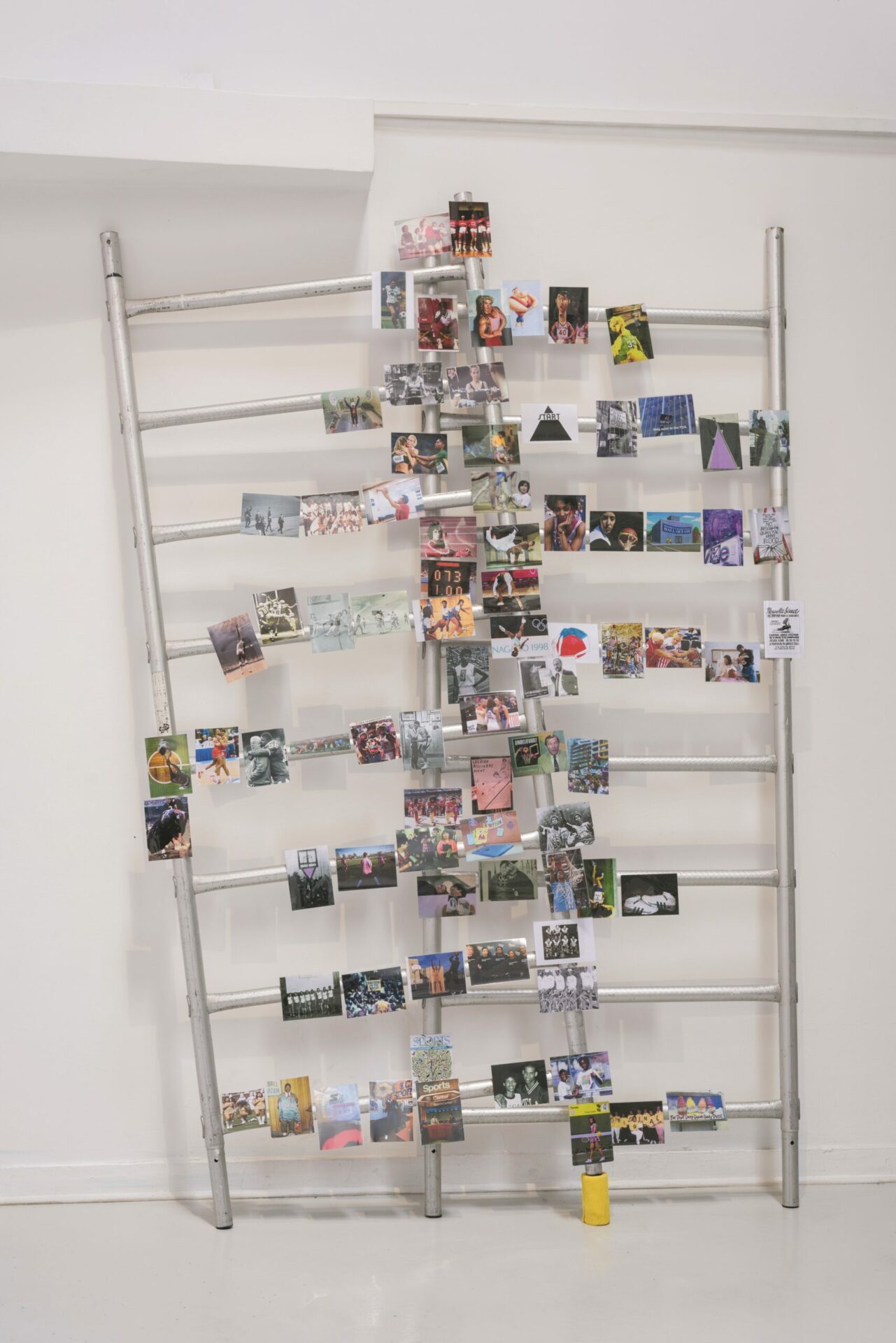
photo : © Adonis Flores, permission | courtesy Galerie Habana
The work of Adonis Flores deals with issues related to the cult of the military apparatus. In his work, the realm of military discipline is addressed by means of parody, as fear and its opposite co-exist in a new form, which, much like an oxymoron, could be characterized as a sort of anti-cult, a “heretic faith.” Historically, the institutionalization of armies (and of the military apparatus in general) played a crucial role in the formation of modern “national projects,” whereby a deep sense of sovereignty, nationality, and identity was instilled. Indeed, the developing practice, ideology, and attachment to icons and symbols related to identity were imbued with a glorious and patriotic ethos. The specific case of Cuba deserves a closer look in this respect, since it sheds some light into a polemic and complex phenomenon in which an affirmative culture of resistance reproduces a sovereign project of collective aspirations.
Flores’s works refer to a universe of symbols formed by the body and the self. They generate new meanings and visions of the world by making use of military ideas and oppressive patterns. In fact, clothing and disguise are at the forefront of this remarkable game of confusion that intertwines the sartorial and the naked body in view of contrasting the shown and the hidden, the figure and its own ritual of simulation.
A country whose citizens live in a permanent state of fear needs to reproduce both the image of the enemy and that of the war that looms on the horizon in order to recycle an ideal condition of identity and survival. Sometimes, such a path leads to a hyperbolic form of patriotism. Many of the recurrent parables circulating in Cuban popular culture tend to depict “the island of dreams and Utopia” in terms that are analogous to the official metaphors used in political speeches, such as the often-cited comparison which likens Cuba to a “lighthouse island” that is an “example and guide for the world.” Moreover, the exportation of the Cuban social model through instances of collaboration with and support for guerrilla movements throughout Latin America does nothing but reflect prevailing expectations in Cuban thought according to which Cuba largely exceeds its material base. Such examples disclose a disproportion between the country itself and the ways in which it is thought of in discourse and culture. As a result, such hyperbolic rhetoric that incessantly alludes to an overflow of Cuba’s symbolic borders is often accompanied by overt sarcasm.
Flores took part in the Angolan War of Independence in the late 1980s. This experience allowed him to connect military life to Cuban civil life and art chiefly by means of metaphors. In this light, it is possible to recognize in his work a re-interpretation of fear that is effected in terms of a well-structured phenomenon that is clearly repeated in other spheres or historic periods.


Adonis Flores, Honras fúnebres / Last honors, 2007.
photos : © Adonis Flores, permission | courtesy Galerie Habana
In his analysis of the process of witch hunting during the late mediaeval period, Russian theorist Iuri Lotman argues that there is a similar pattern that links all such phenomena throughout history, and at the heart of which lies the reproduction of fear itself. He outlines a “semiotics of fear” that is structured according to the following, unvarying characteristics: (1) the “forces of vigilance and coercion” gather in a sort of tribunal that is in charge of ordering terrible physical tortures; (2) the “enemy” is clearly identified and disclosed as the agent of direct or imminent threat; (3) executions are carried out in groups. Moreover, Lotman shows that “fear characterizes the enemy as a dangerous collectivity.”1 From the Middle Ages onwards, the expression “witch hunting” was increasingly used allegorically to denote societies that lacked legal condemnation processes based of rational grounds, and in which prevailed an atmosphere of fear, repression, and accusation. Typically, such social groups are characterized by a complete elimination of legislative guarantees: here, power is limited and is in the hands of a few leaders who also play the role of judges. Power is also in the hands of a real or imaginary potent enemy. Once the rules of an atmosphere of fear are set, the same pattern is repeated both by the persecuted and by those who persecute. Interestingly, by means of his self-portraits Flores assumes these opposite roles: he both embodies the forces of order and the subversive elements imputed to the enemy. This apparent contradiction also appears in the way he dresses, for he unquestionably sports the attire of the guardians of the forces of order, while bearing elements that characterize him as an outcast, or even as a heretic.
In the periods and processes mentioned by Lotman, one always encounters a permanent obsession to recognize the enemy, that is, the necessity to create an identifiable face with characteristics that anyone could distinguish in order to make the Other into a coherent, marginalized group. Lotman recalls the various ways that some vulnerable social groups are commonly targeted. For example, in the historical record women were usually identified as witches; today, in military life, they have become the target of complex exclusion strategies based on several characteristics with which they are identified: an excess of vulnerability and sentimentalism; an affinity with all things esoteric; an intuitive nature that is all but rational, etc. Foreigners have often been singled out as belonging to another group of habitual suspects at excommunication processes and are usually considered as a threat, insofar as they are individuals who live outside of the established norm. More often than not, such strategies of exclusion are devised precisely in moments when fear becomes a weapon that is blind to the real reasons or causes for segregation.
Another important aspect of Flores’s work is its symbolic use of camouflage. Here, disguise has a double use: to effect furtive invasions of the enemy army, or to conceal those characteristics that have been excluded by the established norm. In the face of the permanent risk of a furtive invasion, those who represent the heretic order must be easily recognizable since they can infiltrate the establishment in order to subvert it. Thus, a set of signs is commonly created to recognize the intruder. “Military performance became an unavoidable issue in the construction of masculinities.”2 The intruder or common enemy is usually thought of as bearing signs of divergence, chief among which are an explicitly assumed amorality caused by “deviant” (i.e., non-straight) sexual tastes or “non-straight” lines of thinking. Military language has developed clear signs of this, and there are plenty of references to the ways in which the army protects all its national members from a foreign invasion, including from those nationals who have fallen to the yoke of “ideological diversionists,” who are really the instruments of “the enemy.” This means that differences are not only physical or external, but are also hidden in speech, in ideas, and in ways of thinking, where they can be used as tools for the enemy to overrun the social regime or government. One of Flores’s works presents us the image of a soldier whose tongue has been painted in the guise of military camouflage as a metaphor for how words and thoughts need to be adjusted to the laws of “normality” in order to obtain a satisfactory adaptation to one’s surroundings.
The search for physical signs of witchcraft has been widely documented throughout history, and it provides us with an important idea, namely, that the absence of signs cannot be equated with the absence of an accusation or trial. It is precisely in such moments when people do not have access to a clear perception of the body of the prosecuted that the psychological atmosphere of fear rises considerably. This theory presents a structural division in two stages. A first stage of conflict appears when the threatening body is easily recognizable due to a clear, direct and well-defined confrontation; a second stage of conflict is related to an exacerbated state of fear in which “the suspect” eludes all attempts to define him or her, including attempts to determine his or her location. The idea of the devil who conceals his adepts, or the idea of an under-cover enemy who can furtively invade without being detected is also part of this scheme. Ghettoization strategies of certain groups that are normally seen as a source of imminent threat have widely spread at historic moments when the rise of an irrational fear selects them as targets of prejudices such as anti-Semitism, racism, and sexism, among others. Sometimes, such groups are considered to comprise a threat to society by virtue of their having ascended to higher social or financial positions than those with which they are usually associated.



El arte de la primavera / The Art of the Spring, 2004;
Carne de cañón / Cannon fodder, 2007.
photo : permission | courtesy Galerie Habana
Sexual temptation seems to be another motive for fear. It arises mostly in situations in which the “enemy” is characterized as belonging to a “different” sexual affiliation. In most societies, this means that homosexual groups are denied rights by the heterosexual majority. Military language is couched with expressions in support of this. Moreover, such language also encourages the stigmatization of women. Often, the supposed physical and sentimental weakness of women is conflated with homosexuality, which induces a particular form of fear, insofar as homosexual men share the same physical characteristics as “normal” men. Thus, bearing a difference that is only located in the (invisible) sphere of subjectivity has itself become problematic. The traditional conception of this group as an extremely dangerous presence in the army is usually accompanied by notions of a moral weakening of the troops in the sheer presence of the enemy.
In this light, Flores formulates definitions of his “nature” in terms that always escape the defining lines of borders and concepts. This allows for dialogue between normative expectations or stereotypes and what can only be found at the limits: thus, his work evokes femininity by means of the variegated flowers that adorn his camouflage suit; “bestial” nature is represented by means of his pose as a dog and his self-portrait as a clown. The artist’s humanity seems to be rendered fragile through this alienation process at the heart of which lies a certain loss of dignity. In the self-portrait as a clown he reveals an ironic nature with a deep sense of satire. He laughs at himself while he undertakes a military exercise; thus, he simultaneously takes orders and becomes a sort of target for mockery, a screen for the projection of various military traumas.
Many of the works convey seemingly obvious readings given their playful and humorous character, their irony, and the paradoxes of representation they propose; however, they are devised as a subterfuge, as a form of falsification of reality and its appearances. His images are replete with questions left unanswered. Is Flores simply opposed to any sort of ideology? Are we in the presence of an attitude characterized by a lack of commitment that leads the way to a new era where everything is a cold collection of samples, styles, frivolous replacements, substitutions, and appearances? Are all ideologies fetishized, thereby engendering a suspicious condition with its own ethos that is hidden in the contingency of all norms, or in the exception taken against them? Flores’s works certainly seem to reference an “attitude” whose nature is left open. However, these works are monuments to a personal anthropology. The new man—the paradigm of a socialist ethics of material detachment proclaimed by Che Guevara—suffers a process of transformation during a period of economic crisis and underdevelopment that generates a need for basic survival. He thus becomes another man more flexible and indulgent, shaped by the eternal search for alternative solutions. Thus emerges a new man with new faces who sometimes looses his dignity in the process, or at least looses what is human in him.
The military apparatus is dissected by Flores in various ways: he makes use of clothing as the instrument that makes adepts easily recognizable; he addresses the use of propaganda as a means for maintaining the atmosphere of fear more than for gaining or converting new adepts; he references the military practice of rehearsing daily specific military exercises as a necessary ritual; he discloses the cult of symbols or icons as a means for achieving national identity (flags, anthems, uniforms, etc.); he critiques the pervasive use of physical force as the ultimate threat that always looms on the horizon; he questions the existence of a powerful enemy who challenges the “cult of the military”—an enemy who can only be located elsewhere, in other geographical zones, or within the military itself, given its keen sense of undercover penetration. Thus, for instance, the recurrent practice of ritual exercise and the accurate study of postures is the theme of the work entitled Postura, which represents a school bag with human form. The work is also a metaphor for the dehumanization of individuals and the process of their transformation into objects.
Such portraits focus both on the instruments of power and the stereotypes of “the other side,” thereby presenting together faith and anti-faith. (The camouflage uniform with flowers in the work entitled The Art of Spring in an example of this.) They attend to issues of power, to nuances and complexities in the consciousness of an individual who adopts camouflage as a way of living, as a way to successfully incorporate a given social body. In this manner, the artist constantly hides his identity by means of a chameleon-like process in which he adopts the forms of different elements that stem from the vegetable or animal kingdoms, such as the leaves of a tree or an indiscernible mass of weeds. He becomes a masked enemy who is always hiding and living in the face of danger, who avoids detection by the constant gaze of the surveillance apparatus.
This landscape of individual and collective aspirations shows both a fallen individual and a fallen society. The individual’s ultimate demoralization and insecurity, his or her lack of expectations for the future, is inextricably bound up with a thoroughgoing process of deep deterioration of the collective self-esteem. The atmosphere of isolation that is represented by the artist closely parallels his search for the vestiges of humanity among the ruins of Utopia. The flags of the lonely individual represented are now those of love and fraternity. Thus, a clear antimilitarist consciousness emerges from his work as a sign of warning to those countries endowed with an unlimited sense of nationalism.




